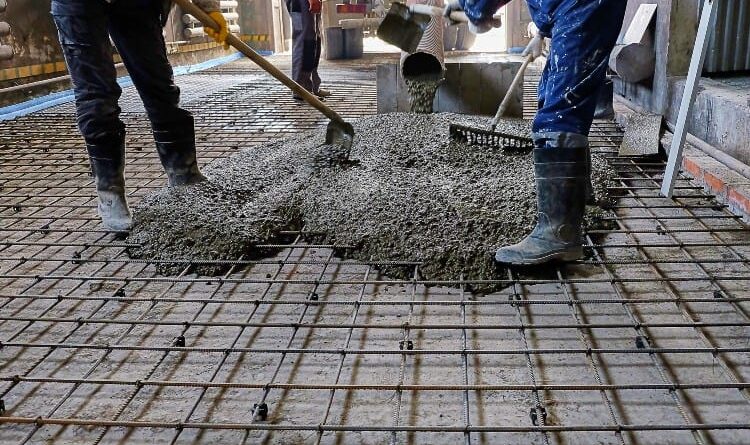Benefits of a Concrete Slab Foundation
Due to being embedded within concrete slab foundations, plumbing and gas pipes can be challenging to access for repairs if they require attention, making leak repairs or upgrading systems more complex and expensive.
Easy Access
Slab foundations can be constructed more rapidly and efficiently than their pier-and-beam counterparts, saving both time and money during construction if working within an aggressive timeline or budget.
Slab-built houses tend to be more popular in warmer climates as the soil underneath is less likely to freeze and damage the slab itself. Unfortunately, this presents complications since heating and cooling ducts usually run through the ground-floor ceiling which takes up space that could otherwise be used more productively.
Slab-built homes can also present challenges because their plumbing is subterranean. If the pipes start leaking, gaining access to them requires breaking through concrete slabs – an expensive and messy process which usually necessitates professional assistance for repairs. Slab-built houses may also be subject to earthquakes and shifting soil that require professional support for proper functioning.
No Crawl Space
Concrete slab foundations lack crawl spaces, meaning that pipes, ductwork, the electrical panel, and wiring cannot easily be reached for repairs. This can increase both time and cost when done improperly in the first place.
This type of foundation may present difficulties in climates with heavy rainfall, as the space under it could retain moisture that leads to mold growth or wood rot in floor joists and subflooring. A vapor barrier should be placed beneath the concrete foundation in these instances in order to prevent moisture absorption that could wreak havoc with your home’s integrity.
On the other hand, basements may not be ideal for lots with sloped terrain as they require extensive excavation work to construct. Flat lots with limited digging require only minimal preparation prior to pouring a basement; trees, shrubs, underbrush and stumps must all be cleared away to prevent soil shifting and sinkhole formation.
Structural Stability
As soon as the ground shifts or settles, a slab foundation can experience similar difficulties as those associated with raft or pile foundations, including cracking and upheaval of its structure. To combat these effects, builders should place a layer of sand beneath their concrete to improve drainage while cushioning against shifting.
Building on a concrete house slabs Melbourne eliminates the need for crawl spaces that can serve as breeding grounds for mold and pests, making this option particularly suitable in climates where ground frost does not occur.
Slab foundations are typically more common in warmer climates due to concrete’s resistance to freezing damage compared to other materials. In colder areas, builders may use frost-protected shallow foundations instead of deep footings below the frost line in order to insulate soil from freezing damage and keep frost at bay – thus decreasing risk and keeping costs under control.
Slab foundations make it more difficult to access plumbing and electrical systems if a problem arises, since there’s no crawlspace beneath to reach. Furthermore, AC and furnace ductwork must pass through the ground floor ceiling, taking up valuable real estate that could otherwise be put to better use elsewhere.
Maintenance
A concrete slab foundation must be properly maintained to avoid potential issues. Soil should be graded away from it to keep water from pooling against it and potentially damaging the structure, while gutters and downspouts must function well to direct any excess rainwater away from it. Finally, gutters and downspouts must be in good working condition so as to direct it away from foundation into yard space instead.
Temperature fluctuations can cause concrete to expand and contract, potentially leading to cracking. Furthermore, as heating and cooling ductwork is typically routed through a ground-floor ceiling, its pipes must be adequately insulated in order to maintain an even temperature throughout.
Homeowners with slab-on-grade foundations should remain alert for signs of damage and call in professionals for inspections on an ongoing basis. Cracked walls or surfaces typically indicate expansive soil that has settled unevenly beneath your home, and wide cracks across walls or surfaces indicate this trend.

